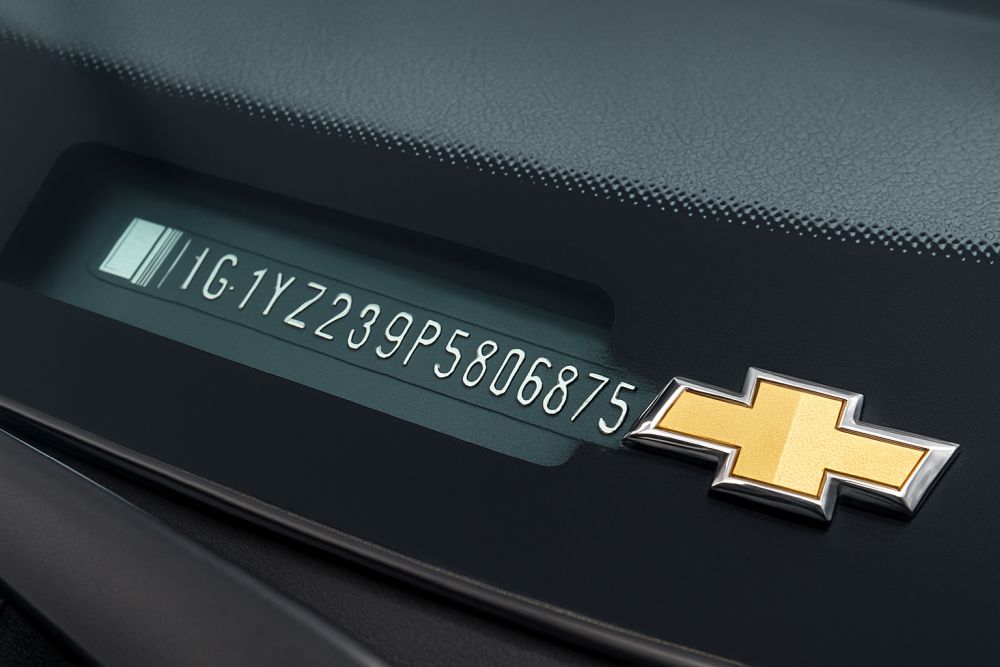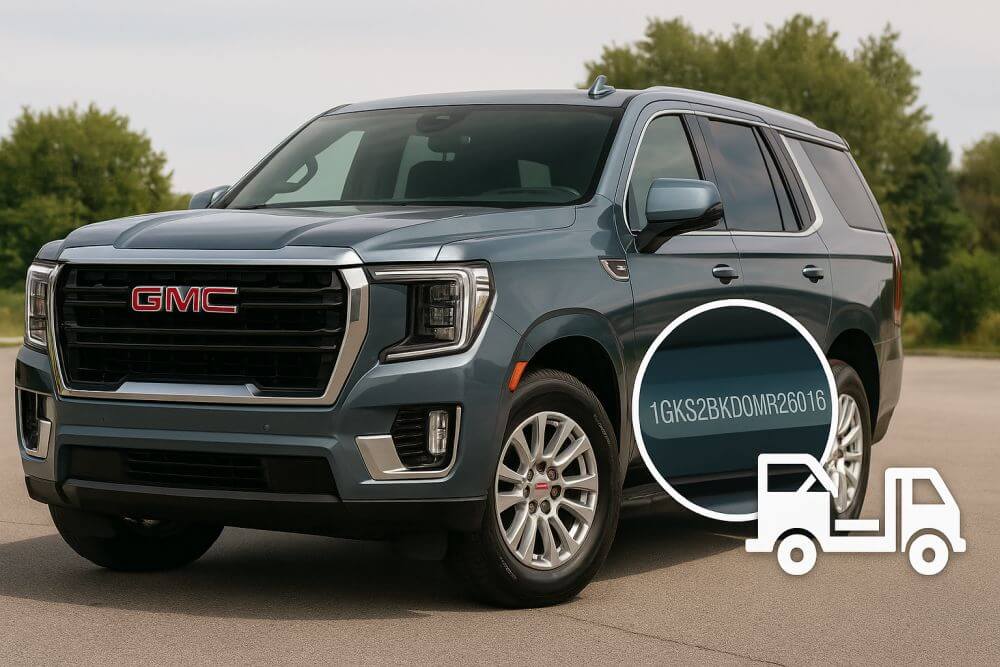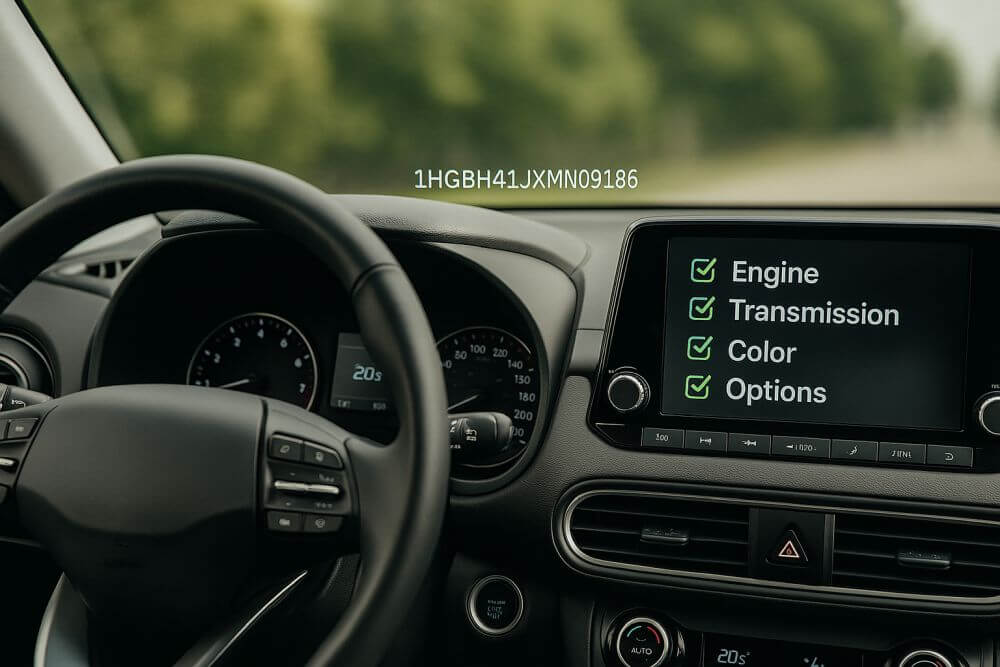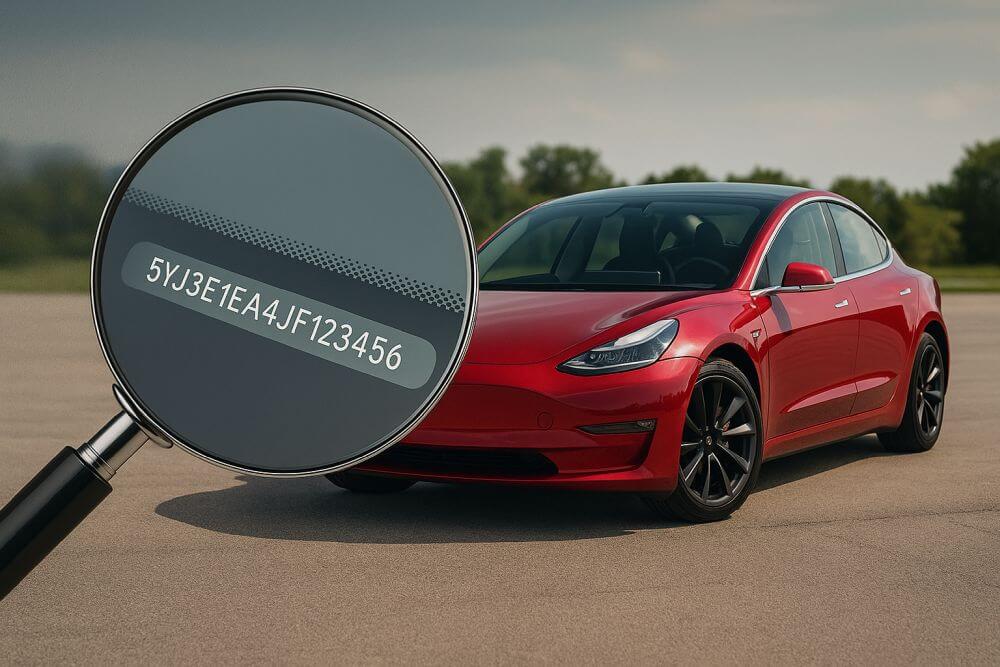Every Dodge vehicle—from a muscular Charger to a rugged Ram—has a secret code that holds all of its essential details. This code is called the VIN, or Vehicle Identification Number.

At first glance, a VIN might look like a random string of letters and numbers. But once you know how to read it, you’ll discover it’s a data-rich identifier that reveals a vehicle’s factory build, including the original engine, trim level, transmission, body style, model year, and even where it was assembled.
If you’re buying a used Dodge, trying to verify factory specs, or just curious about your car’s origin, learning how to decode a VIN is a must. In this guide, we’ll walk you through what a Dodge VIN means, how to read each section, and where to use a free VIN decoder to reveal the vehicle’s true identity in seconds.
What Is a Dodge VIN?
A Vehicle Identification Number (VIN) is a 17-character alphanumeric code that uniquely identifies every Dodge vehicle sold in the United States and globally. This system has been standardized since 1981, and every VIN provides information about the vehicle’s:
- Make and model
- Engine type
- Trim level
- Body style
- Assembly plant
- Model year
- Serial production number
The VIN is permanent. It stays with the vehicle for life—no matter how many times it’s sold or registered. It’s stamped into the body or frame and printed on the title and registration documents.
Dodge VIN Structure: Understanding the 17 Characters
Here’s a breakdown of how Dodge VINs are structured:
Example Dodge VIN: 1C4RJFBG0KC769421
| Section | Digits | Meaning |
|---|---|---|
| WMI (World Manufacturer Identifier) | 1–3 | Identifies country, manufacturer, and vehicle type (e.g., 1C4 = Dodge SUV built in the U.S.) |
| VDS (Vehicle Descriptor Section) | 4–8 | Reveals body style, engine type, transmission, trim level, and restraint system |
| Check Digit | 9 | Verifies the VIN’s authenticity (mathematical checksum) |
| Model Year | 10 | Indicates the production year (e.g., K = 2019) |
| Assembly Plant | 11 | Identifies where the vehicle was built (e.g., C = Jefferson North Assembly Plant) |
| Serial Number | 12–17 | Unique to that specific vehicle—its production sequence number |
What You Can Learn by Decoding a Dodge VIN
Each VIN section unlocks critical information that helps you confirm a vehicle’s originality, configuration, and build details.
Here’s what a Dodge VIN can tell you:
🔹 1. Original Engine Type
Whether you’re driving a Dodge Charger, Challenger, Durango, or Ram, the VIN will tell you exactly which engine it came with from the factory:
- 3.6L V6 Pentastar
- 5.7L HEMI V8
- 6.4L HEMI (Scat Pack)
- 6.2L Supercharged Hellcat V8
- Turbocharged 2.0L (Hornet, Journey)
- EcoDiesel 3.0L (Ram)
The 8th digit in the VIN is usually the engine code, and each letter corresponds to a specific engine type used in Dodge vehicles.
🔹 2. Trim Level and Series
Dodge offers many trim packages, including:
- SXT, GT, R/T, Citadel, Scat Pack, Hellcat, Redeye, TRX
The 4th–7th digits in the VIN often correspond to body type, trim level, and package code, allowing you to determine if a vehicle is truly a Scat Pack or if it’s a base model with visual add-ons.
Why this matters: trim levels affect performance, value, insurance, and resale.
🔹 3. Body Style
Dodge has produced a wide range of body styles, including:
- Sedans (Charger)
- Coupes (Challenger)
- SUVs (Durango, Journey, Nitro)
- Pickup trucks (Ram series)
- Compact crossovers (Hornet)
VIN digits 4–6 help you identify the correct body style and door configuration. This is especially useful for Ram buyers, as trucks may come in Regular Cab, Quad Cab, or Crew Cab variants.
🔹 4. Model Year
The 10th digit of the VIN corresponds to the model year, not necessarily the year the vehicle was sold.
| Code | Year |
|---|---|
| A | 2010 |
| F | 2015 |
| H | 2017 |
| J | 2018 |
| K | 2019 |
| M | 2021 |
| N | 2022 |
| P | 2023 |
This is important for registration, emissions, and recall tracking.
🔹 5. Assembly Plant
Dodge vehicles are built in several locations including:
- Jefferson North Assembly (Detroit, MI) – SUVs like Durango
- Saltillo Truck Plant (Mexico) – Ram 2500/3500
- Brampton Assembly (Canada) – Charger, Challenger
- Sterling Heights (MI) – Ram 1500
- Toluca Assembly (Mexico) – Journey, Hornet
Digit 11 in the VIN reveals the plant code and helps with identifying build quality or service bulletins.
🔹 6. Serial Production Number
The final six digits of the VIN (12–17) are the vehicle’s production number. While not typically needed for general identification, it can matter when:
- Checking recall notifications
- Requesting build sheet copies
- Tracking limited-production models
Why Decode Your Dodge VIN?
Whether you’re buying or already own a Dodge, decoding the VIN helps you:
- Verify that the trim and engine match the seller’s claim
- Prevent VIN fraud or cloned vehicles
- Shop for the correct replacement parts
- Understand service or recall eligibility
- Check compatibility for upgrades or performance tuning
For classic Dodge enthusiasts, decoding is also crucial for restoration accuracy and resale transparency.
Use our Free Dodge VIN Decoder to Access Your Vehicle’s Factory Details Instantly
You don’t need to contact a dealership or dig through paperwork to uncover your Dodge’s build specs.
With VinCheckPro’s Free Dodge VIN Decoder, you can:
- Decode engine type, trim, transmission, and model year
- See factory options and assembly plant
- Access potential recall and warranty information
- Look up basic title or accident indicators
Just enter your 17-digit VIN and let our system do the work.
👉 Use our Free Dodge VIN Decoder to access your vehicle’s factory details instantly
What a VIN Decoder Can’t Tell You (But a VIN Check Can)
While decoding tells you how your Dodge left the factory, it doesn’t reveal what’s happened since. For that, you’ll need a full VIN history check.
With a history report, you can see:
- Accident and damage history
- Title branding (salvage, rebuilt, etc.)
- Odometer rollbacks
- Lien and loan status
- Registration across states
- Theft status and insurance claims
You can run a full free VIN history report at:
👉 https://www.vincheckpro.com/
Combining a VIN decoder + VIN history check gives you the full picture: how the car was built and what’s happened since.
Dodge Models Supported by VIN Decoding
Our Dodge VIN decoder supports all major models, including:
- Dodge Charger
- Dodge Challenger
- Dodge Durango
- Dodge Journey
- Dodge Ram 1500, 2500, 3500 (Pre-2010 under Dodge badge)
- Dodge Hornet
- Dodge Nitro
- Classic models (e.g., Dart, Magnum, Neon)
All trims, body styles, and engines are included—factory or export market.
Final Thoughts: Know Your Dodge Inside and Out
Your Dodge’s VIN isn’t just a random string—it’s a data map to your vehicle’s identity.
Learning how to decode it gives you the power to:
- Validate used vehicles before buying
- Confirm you’re driving a real R/T, Hellcat, or TRX
- Buy the right parts
- Avoid misleading ads
- Boost resale value with verified factory specs
✅ Use our Free Dodge VIN Decoder to access your vehicle’s factory details instantly
Decode your VIN, unlock your build sheet, and drive with full confidence—for free.


